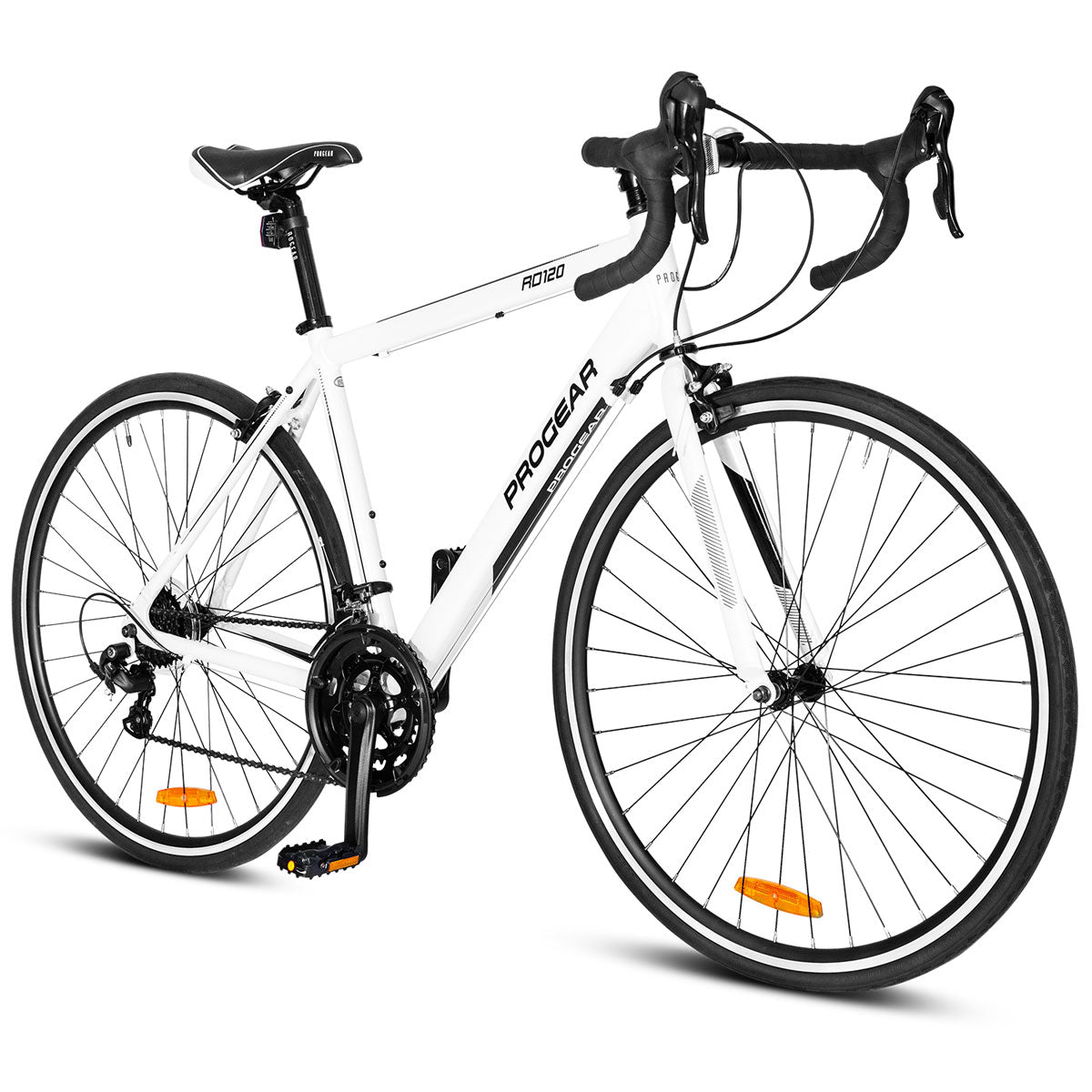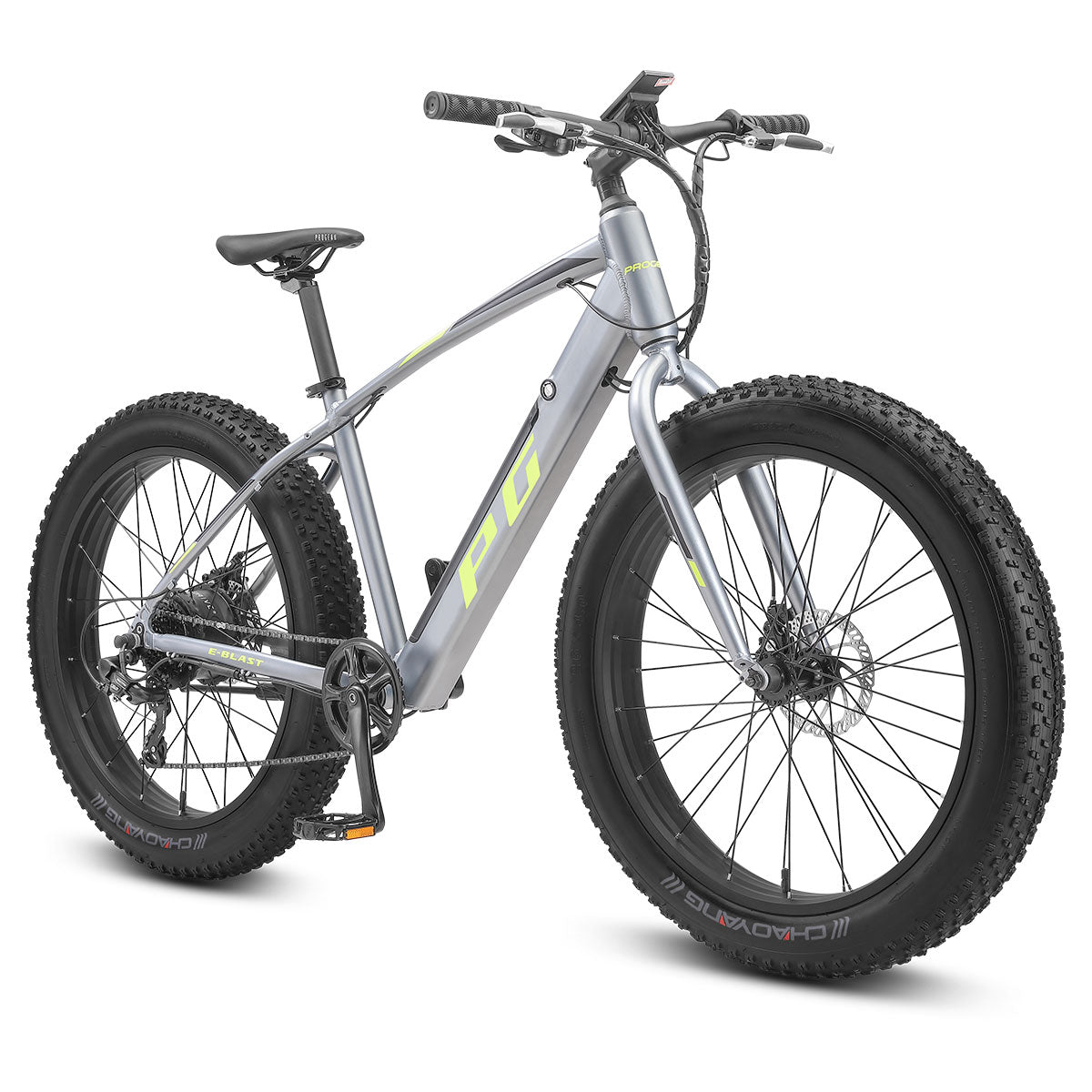
If you're looking for your next outdoor adventure, fat tyre bikes might be the thing you're looking for. They offer a thrilling way to explore different places and terrains, from snowy paths to sandy beaches. These bikes, known for their wide tyres, provide you with maximum stability and comfort on uneven surfaces.
If you're new to fat tyre biking, we're here to help you understand its unique features and to get you started with the right equipment. This guide will cover essential aspects of fat tyre bikes, including their benefits, basic riding techniques and how they compare to other bikes.
Understanding Fat Tyre Bikes
Fat tyre bikes are designed to offer superior performance on challenging terrains. The defining feature of these bikes is their oversized tyres, which typically measure around 4 inches in width. This extra width provides a sort of flotation effect on soft surfaces like sand and snow, preventing the bike from sinking and creating a smoother ride.
The larger tyre surface area distributes your weight more evenly, reducing the risk of tipping over and improving control on uneven ground. This stability is particularly valuable for off-road trails, where traditional bikes might struggle.
Fat tyre bikes also often feature a suspension systems similar to mountain bikes designed to handle the added stress from the larger tyres.
Getting Started
A good thing to do first up is adjusting the tyre pressure according to the terrain. Lower pressure works best for sand and snow, offering better flotation, while higher pressure is ideal for firm trails to prevent rolling resistance.
When riding, keep a steady cadence and use your body weight to navigate through obstacles. On rough terrain, lean back slightly to maintain balance and keep the front wheel from getting stuck. Practice shifting your weight and using your body to absorb impacts for a smoother ride.
Regular maintenance ensures your fat bike performs reliably. Check the tyre pressure before each ride and adjust as needed based on terrain conditions. Inspect the tyres for any debris or damage and clean them to prevent build-up. Keep the bike's chain well-lubricated and check it periodically for wear. Ensure that the brakes are functioning properly and the suspension is in good condition. Regularly clean the frame to remove dirt and grit that can cause wear over time. Following these maintenance tips will help you enjoy a safe and trouble-free ride.
Choosing the Right Fat Tyre Bike

There are a few things to keep in mind when finding the right fat tyre bike.
Tyre width is of course an important factor. Fat bike tyres typically range from 3.8 to 5 inches wide. Wider tyres provide better flotation and stability on soft surfaces like sand or snow, while narrower options (within the fat bike range) are more suitable for mixed terrain and offer less rolling resistance on hard surfaces. Choose the width that best matches the types of terrain you plan to ride on.
The frame of the fat bike should be durable and able to handle the added stress from the larger tyres. Look for a frame made from strong materials such as steel or aluminium, which can withstand rugged use and provide a comfortable ride. Ensure that the frame geometry suits your riding style and offers adequate clearance for the tyres.
Suspension is another crucial factor. Fat bikes often come with front suspension forks to absorb impacts and improve comfort on rough terrain. Some models also feature rear suspension for additional shock absorption. Consider the level of suspension that will best meet your needs based on the terrain you will be riding on and your personal comfort preferences.
Essential Gear

For safety, always wear a high-quality helmet to protect your head from impacts. You may also want to consider wearing gloves and protective eyewear to safeguard your hands and eyes from debris and weather conditions. Reflective clothing or a bike light enhances visibility, especially in low-light conditions or during night rides.
A bike pump is also essential for adjusting tyre pressure, while a multi-tool helps with on-the-go repairs and adjustments. A sturdy bike lock is crucial for securing your bike when you're not around. Depending on the climate and terrain, mudguards may also be useful to keep mud and water off you and your bike.
Maintenance tools are also important. Regularly check and maintain your bike to ensure optimal performance. Carry a small repair kit that includes tyre levers and a patch kit for fixing flat tyres. Regularly clean your bike, focusing on the tyres, chain and brakes, to prevent debris build-up and ensure smooth operation.
Proper maintenance will keep your fat bike in top condition and enhance your riding experience.
Comparison with other Bikes
Fat tyre bikes are distinct from other types of bikes due to their specialised design and performance. Compared to mountain bikes, fat bikes are better on softer terrains like sand and snow. Mountain bikes, with their narrower tyres, are more suited for rugged trails and technical off-road riding but may struggle in extremely soft conditions.
When compared to road bikes, fat tyre bikes offer a completely different riding experience. Road bikes are designed for speed on paved surfaces and feature narrower, high-pressure tyres that reduce rolling resistance. In contrast, fat bikes prioritise comfort and stability over speed, making them less efficient on smooth roads but ideal for uneven and challenging terrains.
Hybrid bikes blend features of both road and mountain bikes, offering versatility for a range of surfaces. However, fat tyre bikes outperform hybrids in extreme off-road conditions due to their enhanced traction and shock absorption. Hybrids are better suited for mixed-terrain rides and urban commuting, offering a balance between speed and comfort.
Conclusion

Fat tyre biking is a unique and exhilarating experience, especially for tackling challenging terrains like sand, snow and rocky trails. With their wide tyres providing superior stability and comfort, fat bikes are perfect for adventurous riders seeking to explore different landscapes.
By understanding their key features, mastering basic riding techniques and selecting the right bike and gear, you can maximise your enjoyment and safety on the trails. Now it's time to venture off onto snowy paths or sandy beaches with the best possible setup. Happy riding!






















